Drysuits Buying Guide: Everything You Need to Know
When it comes to staying dry and warm in cold water activities, nothing beats a quality drysuit.
From paddleboarding to kayaking and sailing or any other watersport that takes you into frigid waters, choosing the right drysuit is key to staying comfortable and safe.
In this guide, we'll break down the essentials of buying a drysuit, from the different types available to features you should consider.
What Is a Drysuit?
A drysuit is designed to keep you completely dry by forming a watertight seal around your body, which is especially important in cold, rough conditions.
Unlike wetsuits, which trap a thin layer of water against your skin that your body heats up, drysuits keep water out entirely.
They’re made with materials that offer thermal protection when paired with undergarments, making them ideal for cold water environments.
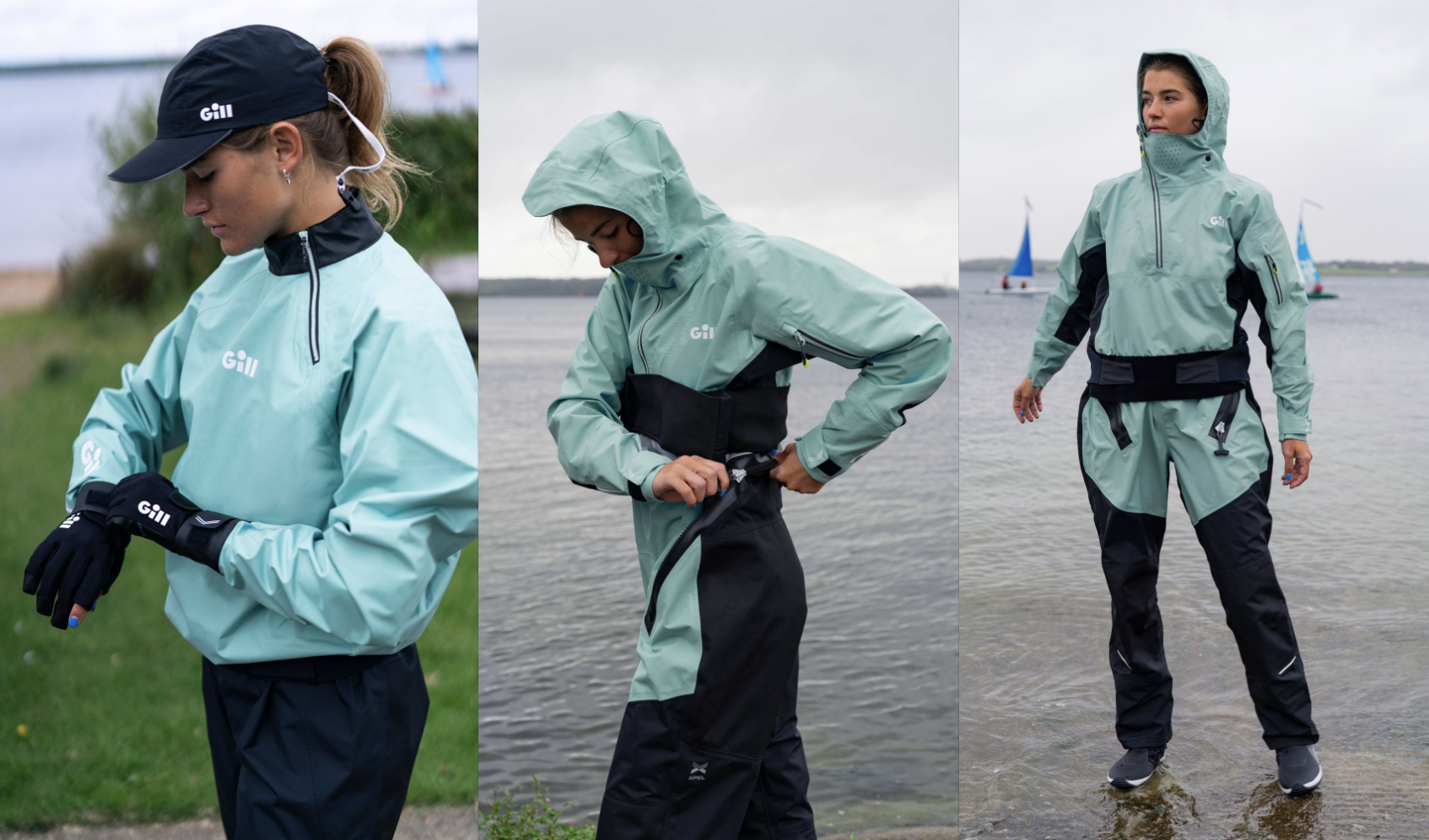
Types of Drysuits
There are several types of drysuits available, but not all are equally suited to sailing. Here’s a breakdown of what to consider:
Neoprene Drysuits
Neoprene drysuits provide insulation because the material traps heat, and they tend to be more affordable.
However, for sailors, neoprene can feel restrictive and is less breathable, making it more suitable for cold water sports with minimal movement, like diving, rather than sailing.
Membrane Drysuits
Membrane (or shell) drysuits are lightweight and waterproof but offer no insulation on their own.
These suits are lightweight and flexible, making them a popular choice for watersports where movement is important, like paddleboarding and kayaking and sailing, for exmaple, allowing freedom of movement in the cockpit or on the deck.
You can layer thermal clothing underneath depending on the water and air temperatures.
Hybrid Drysuits
Hybrid drysuits combine features from both neoprene and membrane suits, often using neoprene around seals for durability but keeping the body lightweight with a membrane design.
These can be a good choice for those who want a balance between insulation and flexibility.
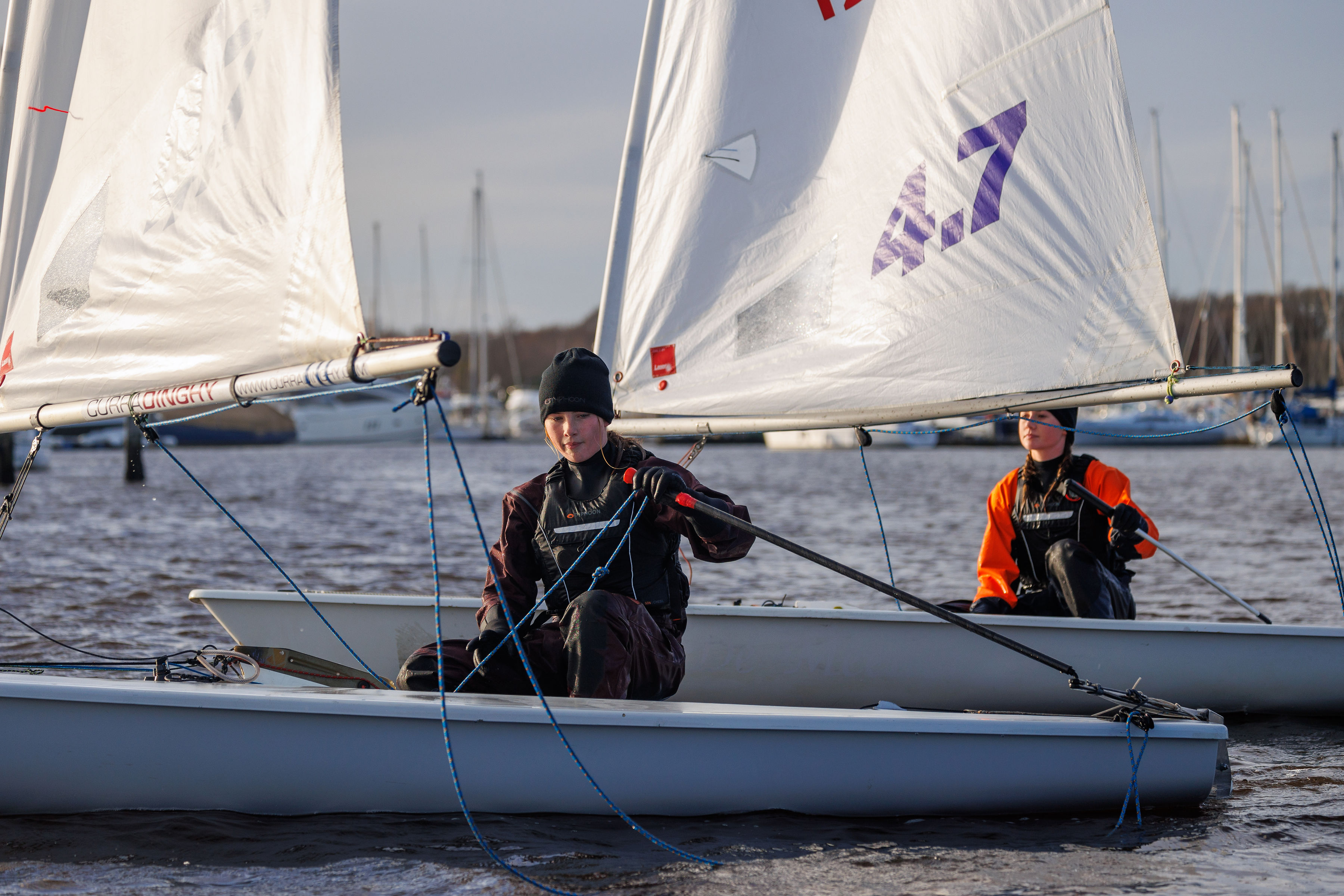
Key Features to Consider
Material
The material of the drysuit affects its weight, flexibility, and insulation.
Neoprene offers built-in insulation but can be bulkier.
Membrane suits are more versatile, but you’ll need to invest in good base layers to stay warm.
Seals
Look for good-quality seals around the neck, wrists, and ankles, as these are key points for keeping water out.
Most drysuits have latex or neoprene seals, with latex being more flexible but less durable, and neoprene being sturdier but a bit tighter.
Entry System
There are two main types of entry systems: front-zip and back-zip.
A front-zip drysuit is easier to put on and take off by yourself, while a back-zip may require assistance but can feel more comfortable in some cases.
Boots or Socks
Some drysuits come with attached boots or socks, while others have latex ankle seals where you can wear separate boots.
Attached boots are convenient for diving and colder environments, while ankle seals allow for more flexibility with your footwear.
Pockets and Accessories
Many drysuits come with pockets for carrying small items or safety equipment.
Look for reinforced knee and seat areas if you’ll be kneeling or sitting often, such as when kayaking or paddleboarding.
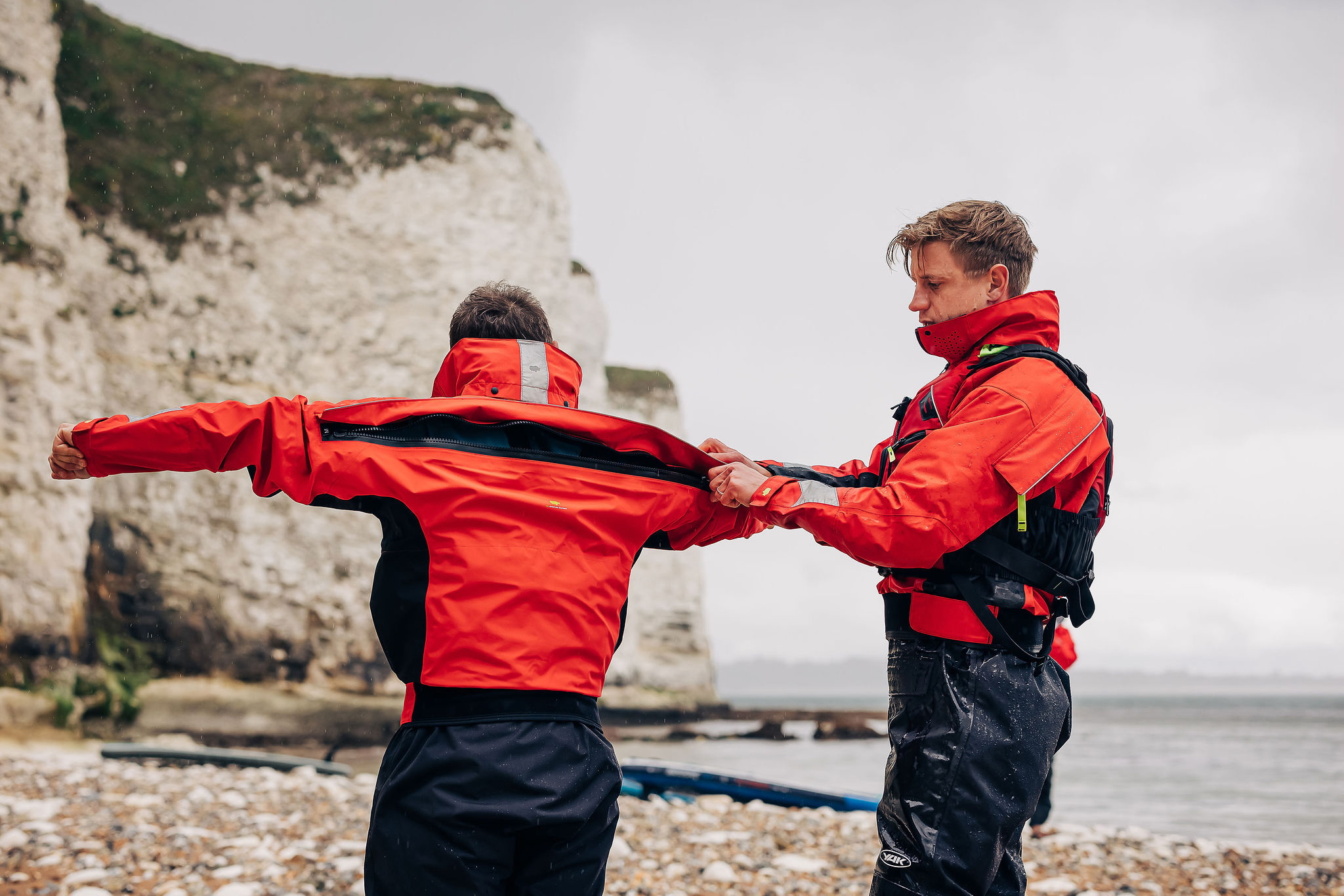
Choosing the Right Fit
A drysuit should fit comfortably but not too tightly.
You need room to layer thermal insulation underneath, especially with membrane drysuits.
Make sure there’s enough room in the shoulders and knees for movement without excess bulk.
Most manufacturers provide size charts to guide you in selecting the right fit.
If you fall between sizes, it’s often better to go with the larger size to allow for layering and mobility.
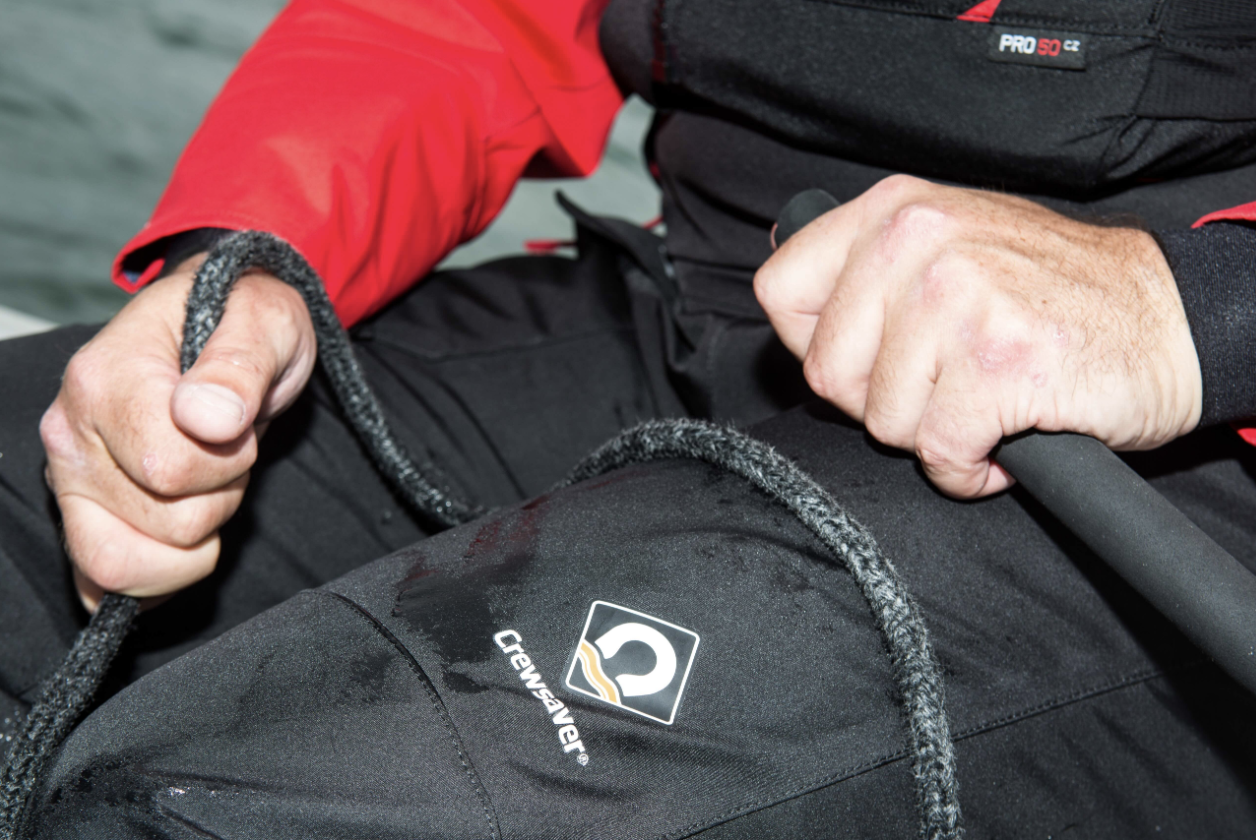
Layering Underneath
Drysuits themselves aren’t designed to provide warmth, so layering is essential, especially in cold weather sailing conditions. Here’s how to layer for maximum comfort:
- Base Layer: The base layer should be moisture-wicking, as it will be closest to your skin. Merino wool or synthetic fabrics are ideal for keeping moisture away and ensuring you stay dry.
- Mid Layer: This layer provides the majority of your insulation. Fleece or wool is often used because they trap heat while remaining breathable.
- Outer Layer: While the drysuit itself serves as your outer waterproof layer, some choose to add additional thermal layers depending on the conditions.
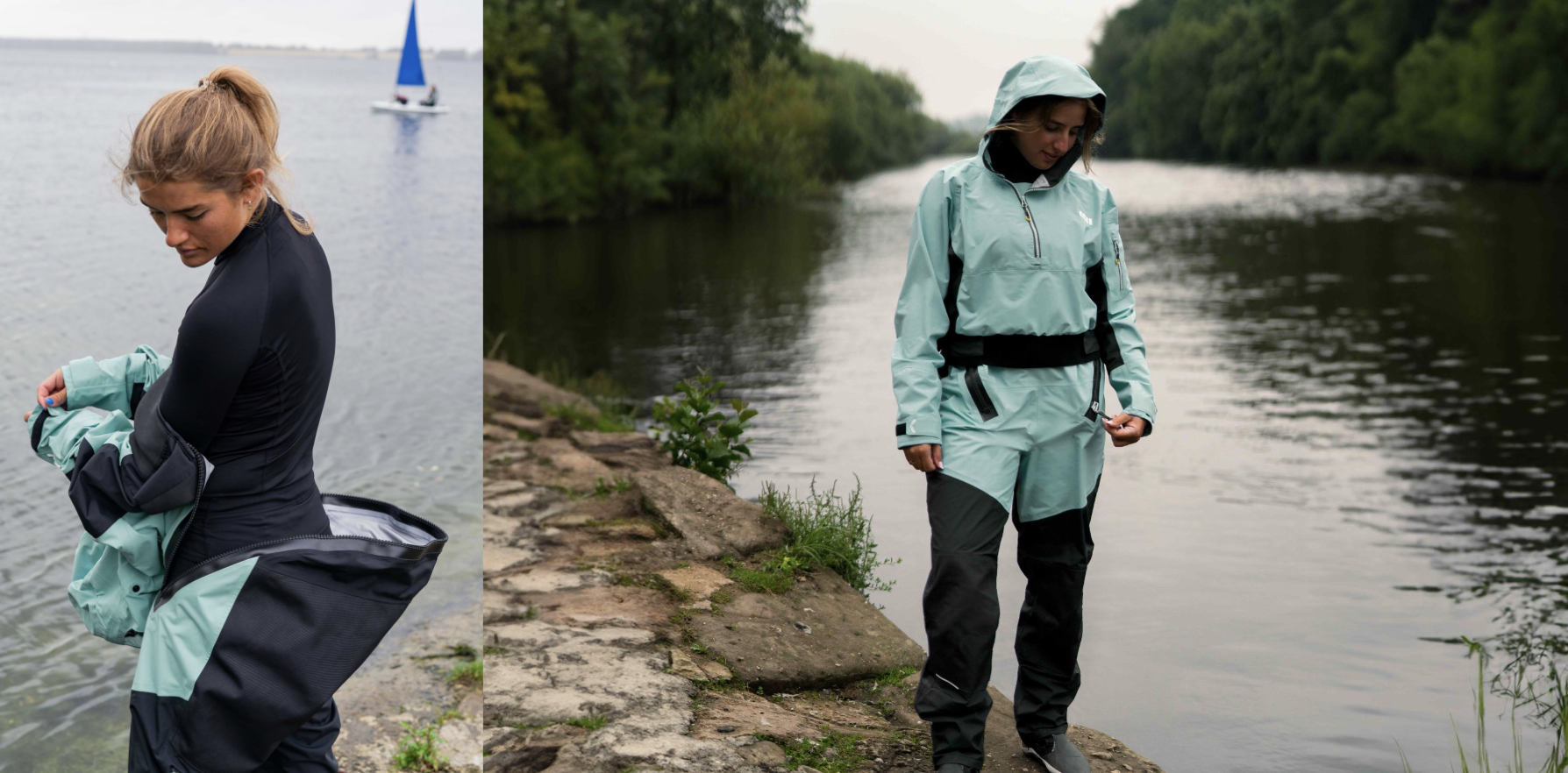
Drysuit Maintenance
To keep your drysuit performing at its best, follow these maintenance tips:
- Rinse After Use: Saltwater, dirt, and grime can damage your drysuit over time. Rinse it thoroughly with fresh water after every use.
- Dry Completely: Make sure your suit is completely dry before storing it to prevent mildew or mold.
- Inspect Seals and Zippers: Check for cracks or damage in the seals and use silicone-based lubricants to keep zippers working smoothly.
- Store Properly: Store your drysuit in a cool, dry place away from direct sunlight to avoid UV damage.

Top Brands for Sailing Drysuits
When it comes to drysuits specifically designed for sailing, the following brands are known for their quality, durability, and performance:
- Crewsaver: Known for their innovative drysuits that balance durability and comfort, Crewsaver is a top pick for serious sailors.
- Gill: Gill’s drysuits are built for performance sailing, offering a range of breathable, flexible suits ideal for racing and cruising.
- GUL: A trusted name in watersports, GUL offers drysuits with reinforced panels and breathable fabrics, making them a great choice for all levels of sailing.
- Nookie: Nookie’s drysuits are known for their durability and comfort, providing great options for sailors looking for long-lasting gear.
- Palm: Specialising in water sports, Palm designs drysuits that cater to both sailors and paddlers, offering excellent mobility and flexibility.
- Typhoon: A highly regarded brand, Typhoon drysuits are known for their versatility and are frequently chosen by sailors, divers, and paddlers alike.
- Yak: Yak focuses on delivering top-quality drysuits for adventure sailing and water sports, offering great waterproofing and freedom of movement.
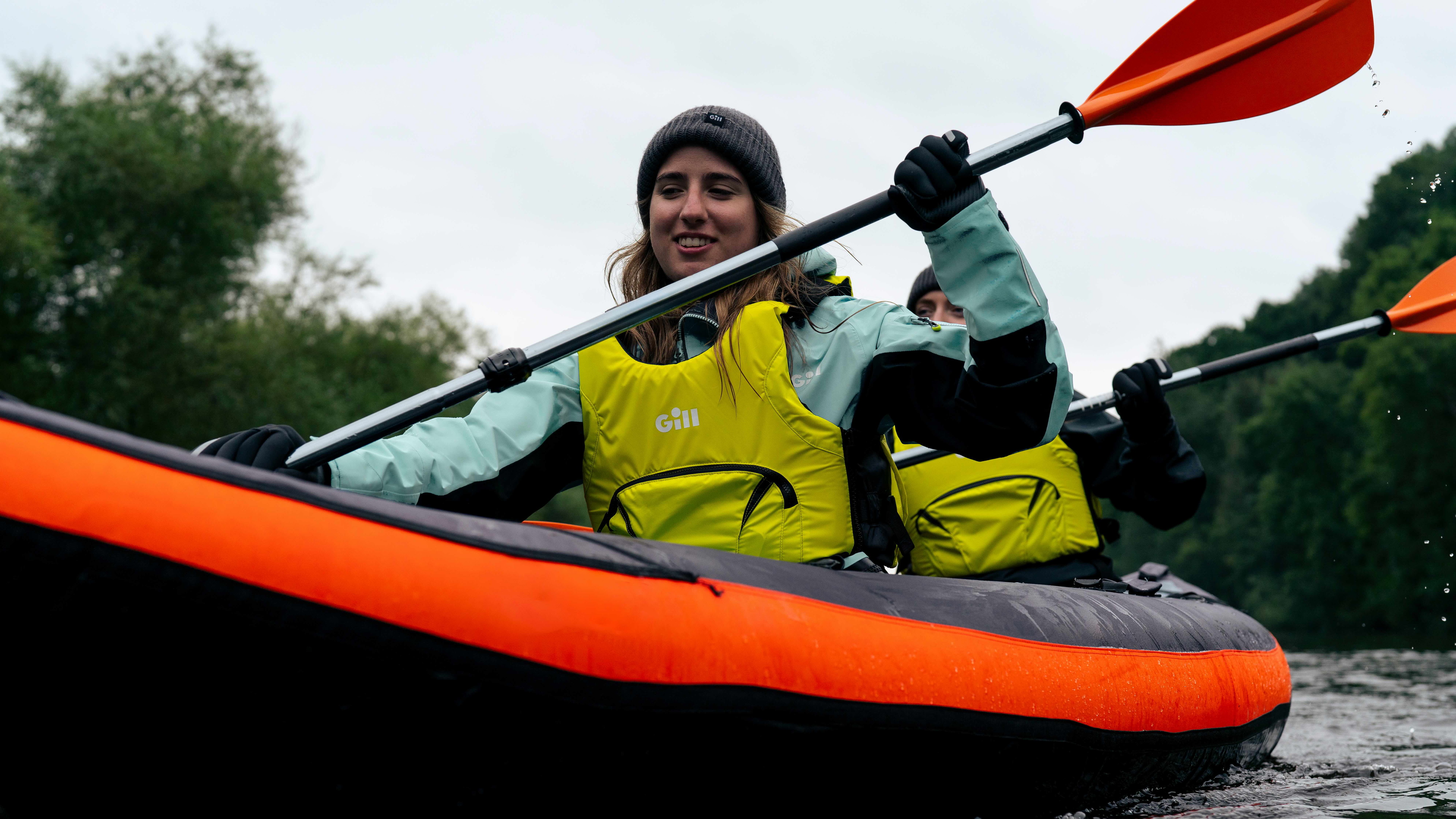
Drysuits vs. Wetsuits
The choice between a drysuit and a wetsuit depends largely on the conditions.
Drysuits are typically preferred in colder climates and when there’s a higher likelihood of full immersion, as they keep you completely dry and allow for layering.
Wetsuits, on the other hand, can be more practical in warmer conditions but are less protective in colder environments.
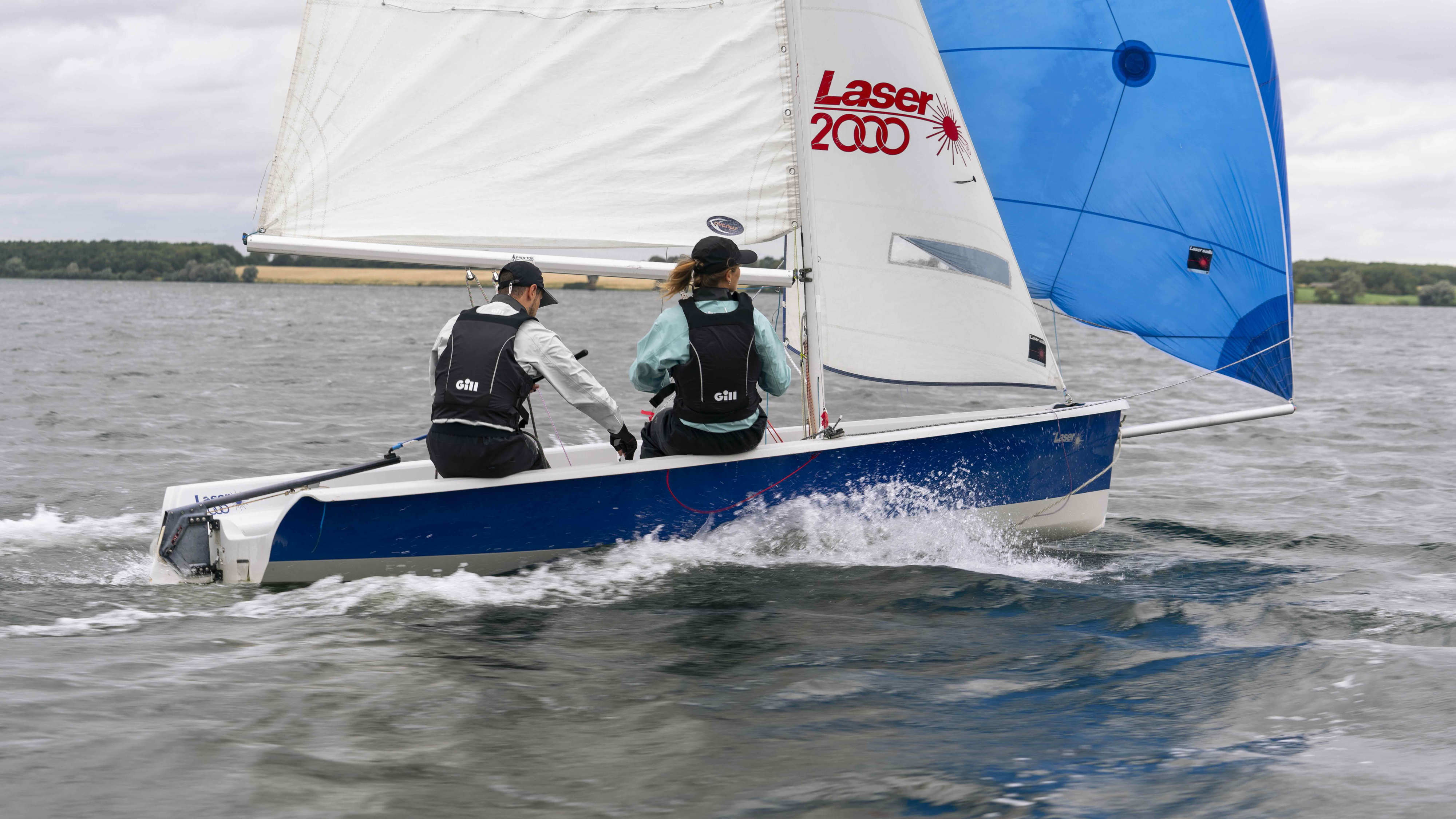
Investing in the right drysuit is crucial for your comfort and safety on the water.
From the type of material and seals to layering and fit, there are plenty of factors to consider.
By choosing a drysuit from a trusted sailing brand like Crewsaver, Gill, Musto, or GUL, you can stay warm, dry, and ready to tackle the seas, no matter the conditions.
Shop Drysuits.
Shop Wetsuit Outlet.
Updated on 3rd October 2024
Originally published on 26th September 2024 in Drysuit Guides






















































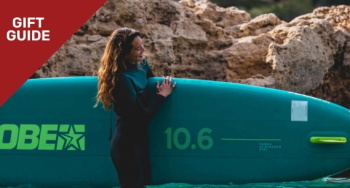

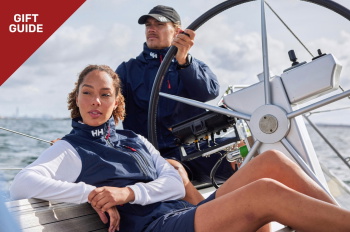
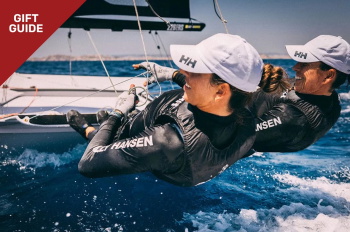
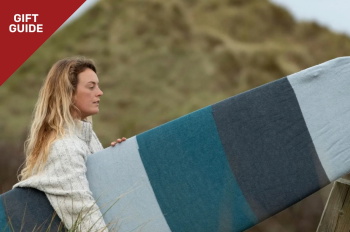
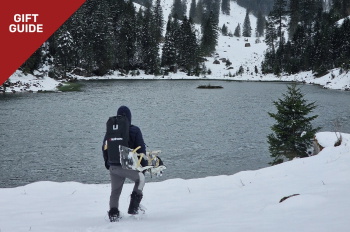
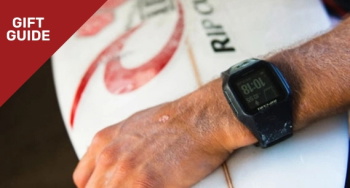
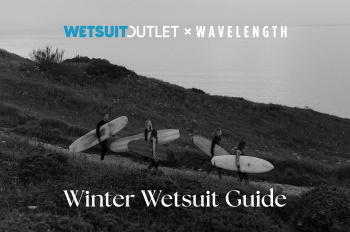

 Visit the US site
Visit the US site  Continuar al ES
Continuar al ES